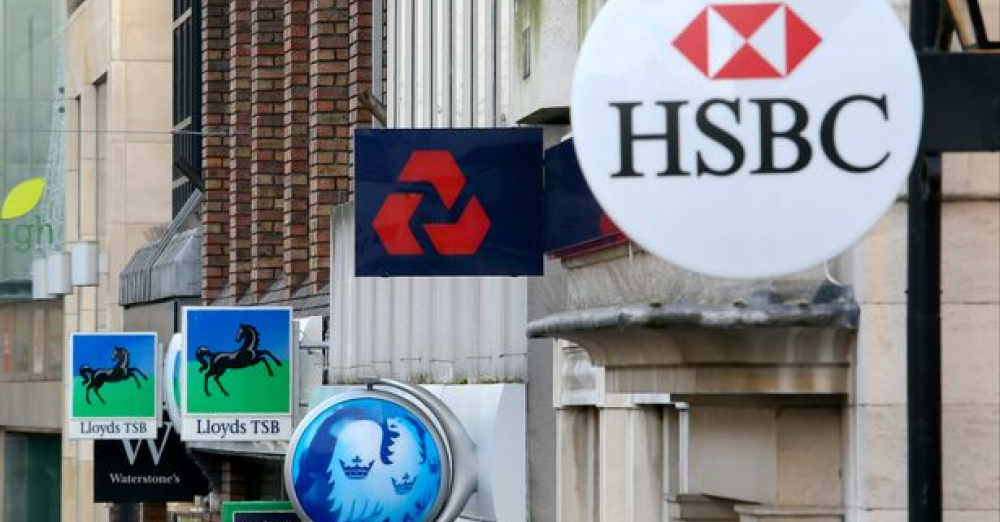A history of banking

Here at Winzum we’re full of tantalizing online competitions, however we are also full of knowledge that cuts across various aspects, from history (as you can see here [a history of competitions]), through to countless other things too.
In the modern world it’s pretty much impossible to get away from banks, but there probably aren’t that many people around who actually know about the history of banks. And this is where we come in, as we’ve taken it upon ourselves to learn a bit about the history of banking at Winzum, and now we’re going to share the knowledge with you too…
The pre-history of banking
If the idea of banking seems like something that has been present in human civilization since pretty much the very beginning, that’s because in some ways it genuinely has been. The pre-history of banking starts in around 2000 BC, with grain instead of money being loaned in ancient civilizations such as the ones in Assyria, India and Sumeria.
These grain loans were offered by merchants as collateral for farmers and local traders.
Banking in the Ancient world
By the time civilizations such as the Ancient Greeks an Ancient Romans came along, the concept of banking was beginning to resemble what we have today, however on nowhere near the same scale of course.
Back in these times proto-bankers were based in temples, where the lending and safekeeping of money was commonplace. In the Roman Empire the charging of interest on loans also started to become popular.
Medieval banking
As with a number of other things, like lotteries for example (see here [how lotteries were used to help democracy throughout history]), medieval Italy was a pioneer in the field of banking. In fact, the oldest bank that is still in existence today is from Siena, called Banca Monte dei Paschi di Siena.
This was established in 1472, and it didn’t take long for the concept of banks and banking to spread across Europe in the next few centuries.
The emergence of modern banking
By the 17th century most of the main principles that govern banking today were pretty much set in stone, this included things like money lending, money changing and transferring money. Crucial developments were made in Amsterdam and London, however, which further increased the success of global banking.
Much of this was designed to help industrial growth, and this is where the practise of “discounting” business and state debts became commonplace.
21st century banking
The 21st century has brought with it all manner of new technologies, with the Internet being the most impactful by far. Not only has this platform changed the way in which we do a crazy amount of things, but it has also enabled banking to expand dramatically.
However this still didn’t stop the 2007-2008 financial crisis to happen, something that was largely as a result of bank deregulation and over borrowing. Let’s hope it doesn’t happen again…